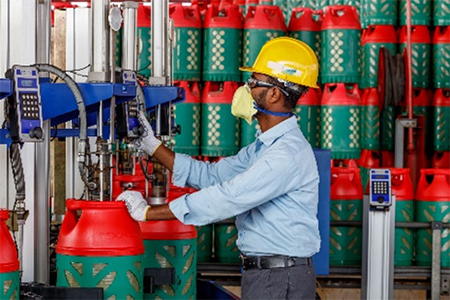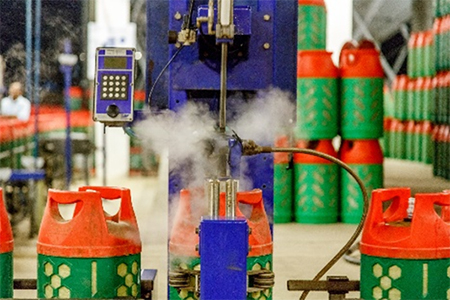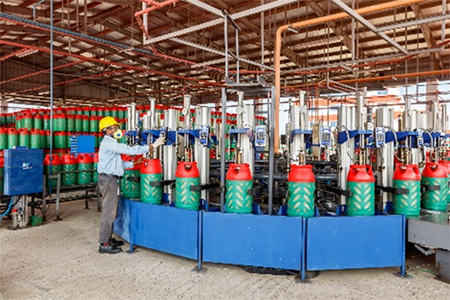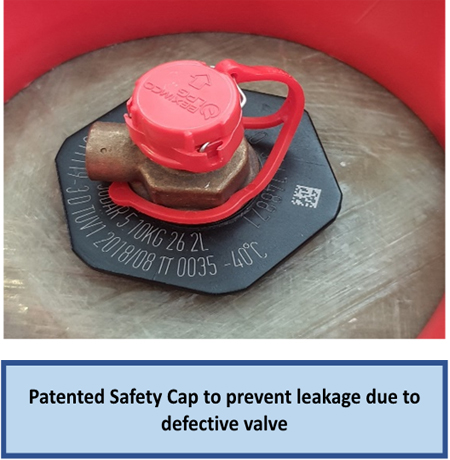
What is LPG?
Liquefied Petroleum Gas (LPG) is a portable, clean and efficient energy source which is readily
available to consumers around the world. LPG is primarily obtained from natural gas and oil
production but is also produced
increasingly from renewable sources; its unique properties make it a versatile energy source
which can be used in more than 1,000 different applications.
LPG is colorless and odorless and a strong “stanching” agent is added so that even a very small
leak can be easily detected. At a normal temperature, LPG is a gas. When subjected to modest
pressure or cooling, it transforms
into a liquid. As a liquid, it is easy to transport and store. Once it has been cooled or
pressurized, LPG is usually stored in containers made of either steel or aluminum.
What is LPG used for?
There are more than 1,000 applications of LPG. It is used in commercial business, in industry,
transportation, farming, power generation, cooking, heating and for recreational purposes. LPG
is used throughout the home, as a
gas to cook with, a source of fuel for central heating and hot water. LPG is also commonly used
in the agricultural sector and as a lower emission automotive transportation fuel.
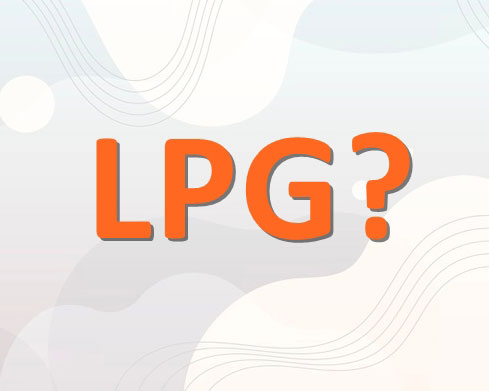
LPG is an exceptional energy source due to its origin, benefits, applications and its industry.
As a clean, lower carbon, efficient and innovative energy it offers benefits to consumers,
industry and the environment. LPG is
a clean-burning, sustainable and efficient fuel and a vital source of energy for hundreds of
millions of people throughout the world today. It is a multi-purpose energy with literally
thousands of applications. It is
portable, can be transported, stored and used virtually anywhere in the world and there are
sufficient reserves to last for many decades. LPG also shows lower greenhouse gas emissions than
petrol, diesel, and electricity, on
an energy-equivalent basis.
What are the advantages of LPG compared to other fuels?
LPG is an energy-rich fuel source with a higher calorific value per unit than other commonly
used fuels, including coal, natural gas, diesel, petrol, fuel oils, and biomass-derived
alcohols.
LPG generates fewer carbon emissions than gasoline (petrol) and has similar emissions to diesel.
Therefore, it can make a positive contribution to air quality improvement compared to diesel,
heating oil and solid fuels.
LPG is immediately available anywhere and supports the use of renewable technologies.
LPG contributes to the security of supply as it has substantial reserves due its dual origins,
is not contingent on the availability of any one source and is supplied from all over the world
through a flexible transport
infrastructure.
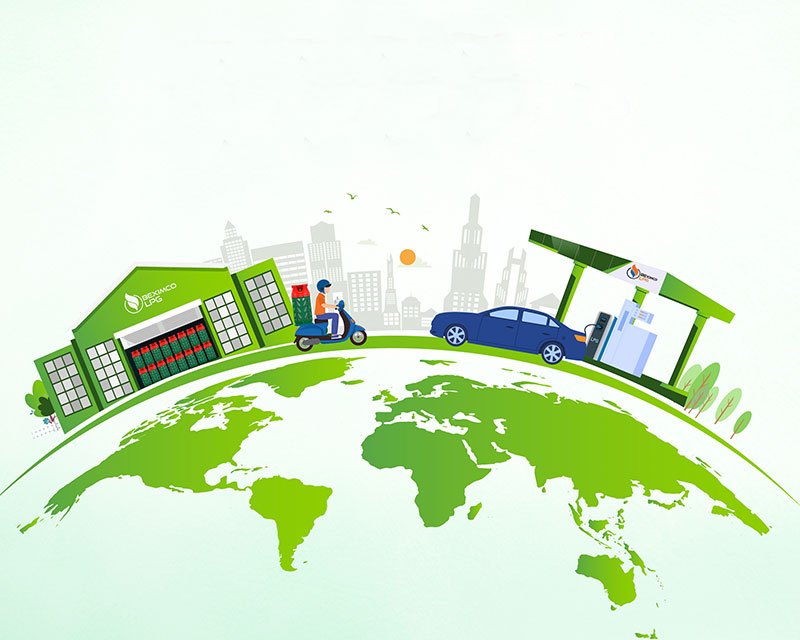
What is the impact of LPG on the environment?
LPG is one of the cleanest conventional fuels available. It is non-toxic and has no impact on
soil, water and underground aquifers. It also helps to improve the quality of indoor and outdoor
air, as it produces substantially
less particulate matter and NOX than diesel, oil, wood or coal.
How can LPG contribute to fighting climate change?
From a global warming perspective, fuel selection can play a significant role in reducing
emissions of carbon dioxide and other greenhouse gases. For many applications, including
transport, cooking, heating, industrial
processes and local power generation there is a major role in small and medium scale
applications for alternative low carbon fuels, such as LPG, which have a smaller carbon
footprint than traditional fuels.
Studies consistently demonstrate that LPG generates fewer carbon emissions than gasoline
(petrol) and broadly equivalent emissions to diesel. In addition, the carbon footprint of LPG is
20% lower than that of fuel oil and
50% lower than coal. LPG therefore helps to reduce CO2 emissions.
LPG also helps to reduce Black Carbon (BC) emissions, which are the second biggest contributor
of global warming and which can cause serious health problems.
As LPG can be used alongside renewable technologies, it serves as a clean energy source which is
not dependent on weather or daylight, providing uninterrupted, clean and secure energy supply.

